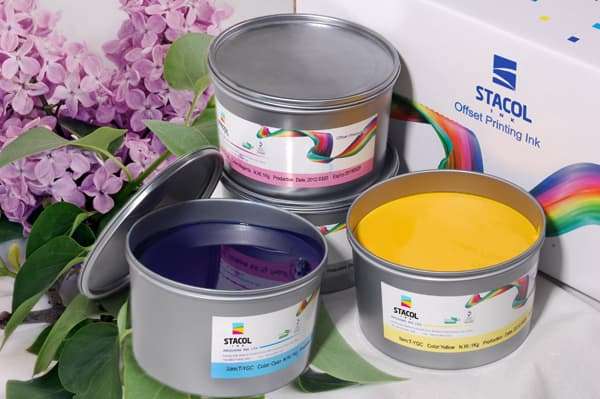Plant oils matter: agricultural soap
# Agriculture in Soap
Use a recipe to make glycerine soap and describe it using an observation log. Learn about the history of soap and fatty acids.
Files
Teacher background
Soap properties were discovered 3,000 years ago by the Romans. Animal fat had dripped down into the ashes of a cooking fire and that mixture dripped into a river where clothes were washed. People noticed that this fatty-ashy mixture cleaned clothes better than plain water. The science in this story is that the animal fat contained fatty acids and glycerine (triglycerides). The ashes contained a type of salt (a base known as alkali). When combined, the triglycerides and alkalis made soap. Today, the long names on the list of ingredients on a soap package, like “sodium stearate,” or “sodium palmitate,” are the names of the specific fatty acids present.
Next gen science standards
Science and engineering practices
- Asking questions (for science) and defining problems (for engineering)
Crosscutting concepts
- Cause and effect
Disciplinary core ideas/content
- ESS3A Natural resources
- ETS2 Links among Engineering, technology, science and society
- ETS2A Interdependence of science, engineering and technology
- ETS2B Influence of engineering, technology and science on society and the natural world





Share this